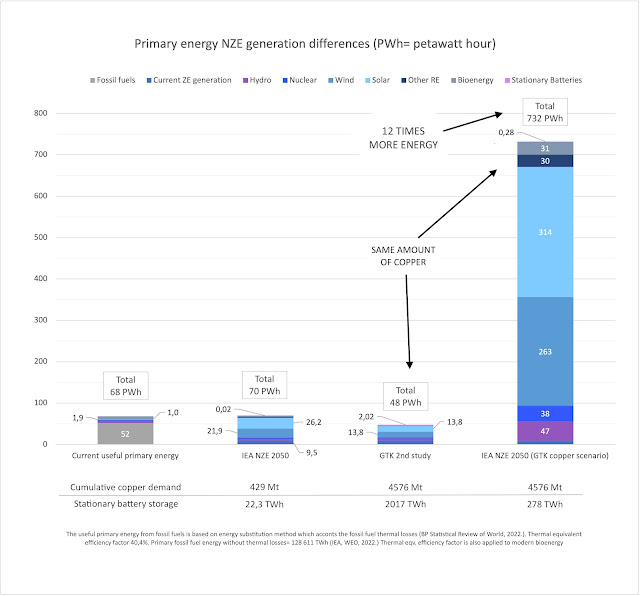This is a follow up story to the wake up but for what?- thread, which was a more analytical counter analysis of GTK's mineral study.
Not so fast, JJ.
Competitive racing drivers like the former Finnish F1 driver JJ Lehto apply brakes late into the bend, and wait for it to open up before going on the full throttle.
Similarly, we should wait before applying the GTK's mineral study findings any further because their assumptions divert us out of the track.
GTK's study intention was not to hug the apex.
Late last Sunday, I was going through the Adelaide F1 track and Benetton race-line options when reminded about the mineral adequacy.
Turns out that even the most competitive F1 drivers & engineers have to consider mineral efficiency.
 |
| Adelaide F1 track layout 1988. |
f you "Come in too hot", or in other words "Carry Too Much Mineral Momentum" (-TMM), you will run out of the track.
In the optimal "racing" efficiency -line, brakes are applied late but the race line is followed, hugging the apex of the transition bend until the it opens up.
 |
| The "racing line"options. |
GTK study "comes in hot" to the energy transition bend and claims that we will run out of mineral reserves. Their study's general assumptions have been challenged, but what if we take them for granted?
What if the bend was not as tight as the current mineral reserves/track layout seems?
Aren't we, like GTK's 2nd plan, allowed to speculate with the energy mix options?
Let’s allow our race-line run wide to give room to for some reasoned speculation.🏎️
Let's assume that the 2nd study 4576 Mt cumulative copper demand is correct. Would we still use it as GTK applies it to the energy technologies?
In that study 95,5% of copper is used to stationary storage but what if we invested it into other applications & mainly power instead?
 |
| Copper demand differences between the studies. |
GTK study doesn’t consider grid copper demand but as nice pit lane engineers, we add the amount to the IEA estimate so that the actual transition demand is more realistic.
That leaves us approx 430 Mt of cumulative copper in IEA NZE transition of which 250 Mt to the grids.
 |
| Micheas Schumacher in Benetton |
In net-zero transition bend, we must consider the most efficient way to use the minerals like copper and the way to carry the momentum through the apex.
While not efficient in minerals but equal to GTK wake up plan demand, the speculative IEA plan would produce 12 more energy.
 |
| Primary energy models and generation differences with similar amount of copper. |
Brief summary. Both GTK study & IEA NZE 2050 (spec. copper scen.) spent equal amount of copper= 4576 Mt
GTK study spend most of the copper in stationary batteries. IEA speculative scenario has much more broader technology mix for copper. Current copper reserves are at 880 Mt.
So, we don't have the copper reserves for either of the speculative scenarios but what if we would. Which way would you rather spend it?
- 48 PWh of NZE production & 2 PWh batteries
- 732 PWh of NZE production & 0,28 PWh batteries including 85 PWh of nuclear and hydro.
Couple of kph difference in the transition bend race line will make a huge difference in the next straight line speed. Respect to the current and former transition bend race line huggers, like JJ.
Visa Siekkinen
Original thread: https://twitter.com/VisaSkn/status/1598326539111776257?s=20



Comments
Post a Comment